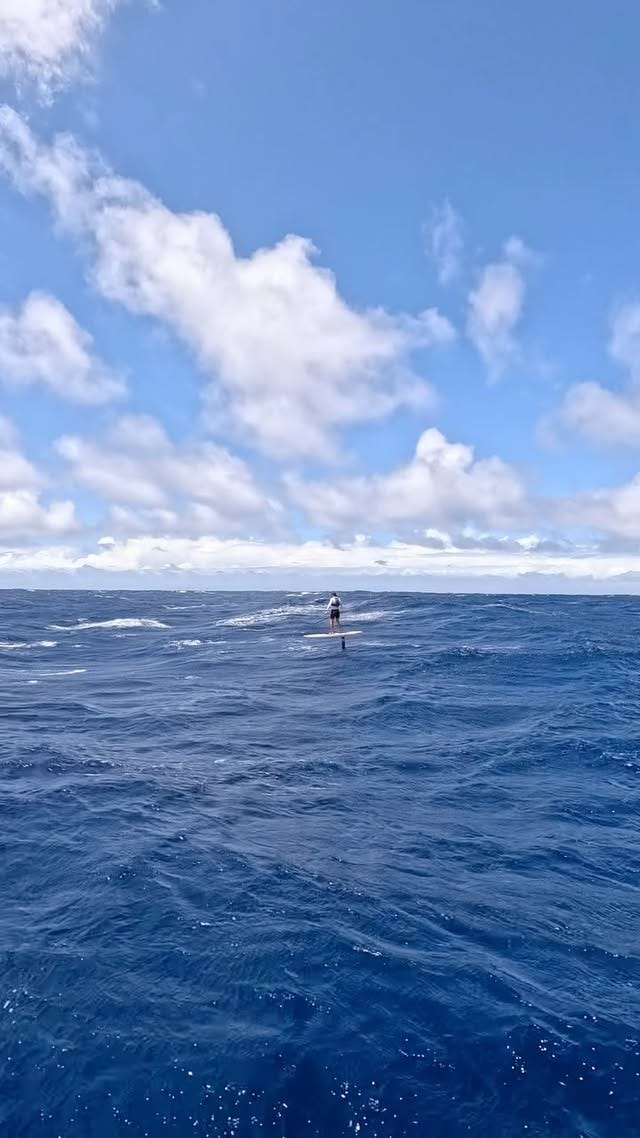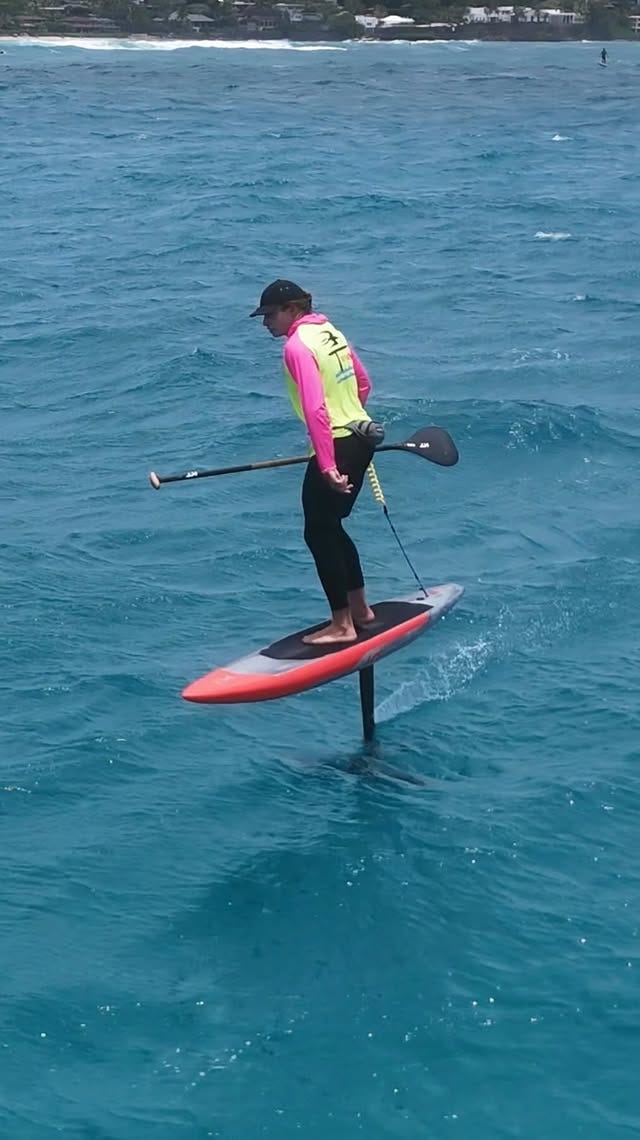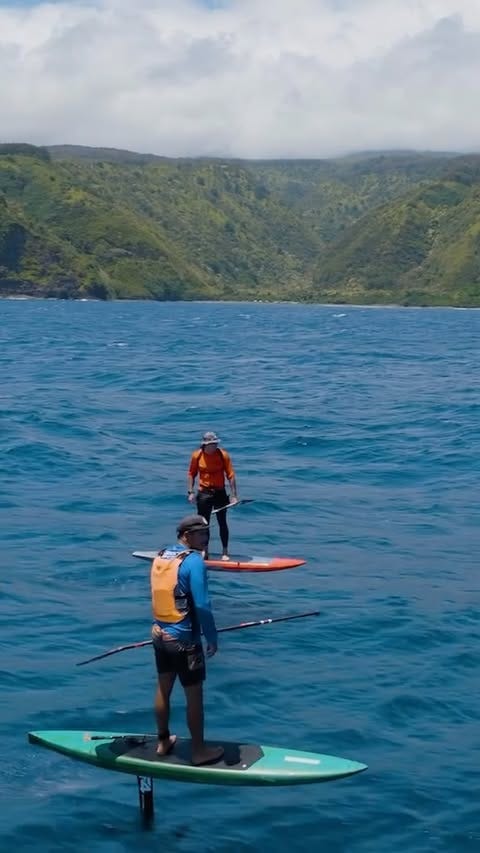How to go fast - follow up
Follow-up points on going fast
This is a follow up to the first post, see here:
There was lots of useful feedback on the post, so I’ve added them to this v2.
Before we begin, this is what it looks like to go fast:
This has most of the elements - high on mast, tap pumps, attacking when it counts. Racing onto that big bump which will go for miles.
Ok, so, here are some things I missed in the first post or thought worth adding.
1 - Stay high on the mast
Super obvious, thanks MattchuPichu:
I think being high on the mast is super important with [race foils], Its a totally different feel and ride if your on the bottom 25% of the mast, move those feet back and stay high
The point here is that a faster racier foil will be much more sensitive to the drag of the mast, so you need to learn to stay high:
2 - Tap pumps and stack yourself
Along with staying high, you need to figure out tap pumps. These are the essence of accelerating, and accelerating is the essence of attacking forward. Look again at the above clip, and more below of the top Hawaiian racers:
Notice how stacked they are, their pumps are tappy bursts, and both legs bend equally. Here is some more.
Note, if you are standing too far forward, then it doesn’t work.
3 - Wait for the bumps while going over big swell
The trick IMO is to see the wind bumps that are moving almost straight downwind, these will get crossed by the stronger onshore swell and look like the disappear, but if you’re high on your mast and trust that it will re-appear, you can go right over the big swell with almost no effort and continue to follow the secondary bump.
I think this is possibly one of the most important thing for intermediates to tune into for technical ocean riding. When things get confused, it’s almost better to ignore what you are seeing, and just focus on what you were feeling. If you were on a bump, and you suddenly can’t see it, the energy is still there and you can glide it for way longer than your eyes are telling you.
This was something that I got better at, and the glide of a fast foil helps.
4 - The bumps go backwards
I think another important point to understand is that due to the circulation in bumps wave energy travels at half the speed of the actual wave, i.e. the energy is always getting left behind. That is why when you observe a set you see peak energy in the first wave which breaks but then the energy is left behind which causes the bump behind to jack and break and so on.
This often means when you're on a breaking wave you will have a big flat in front and all the goodness is behind you so you either need to use that burst of speed to glide to another set or drop back to the better groomers forming behind.
This is quite hard to understand, but it basically means that bumps will “appear”. Watch this video and look at the clear bumps when they appear, then go back and try spot the pre-cursor to the bump appearing. It isn’t like they come purely from behind, and not really going backwards either. I feel like they emerge from below.
Watching the video, spotting the bump, and then going back to before it appears is a nice way to see if you are able to spot them yet.
5 - Don’t leave it too late
Something from Glenn that I noted ages ago, in essence, going fast makes things easier
• Speed gives you options - deciding to make a change when you're decelerating is too late and makes transitioning to next bump harder
• If a 'corridor lines up go with it but pull off with speed. If no corridor turn in the'pocket'.
• Avoid going straight down - when learning, you're likely to be over foiled, going
straight you're likely to hit max speed and either blow up or immediately hit a down
welling and nose dive.
* Exception of going straight is racing (possibly under foiled) or small conditions - up and overs.
Comments:
please leave them below 🤙






Very helpful